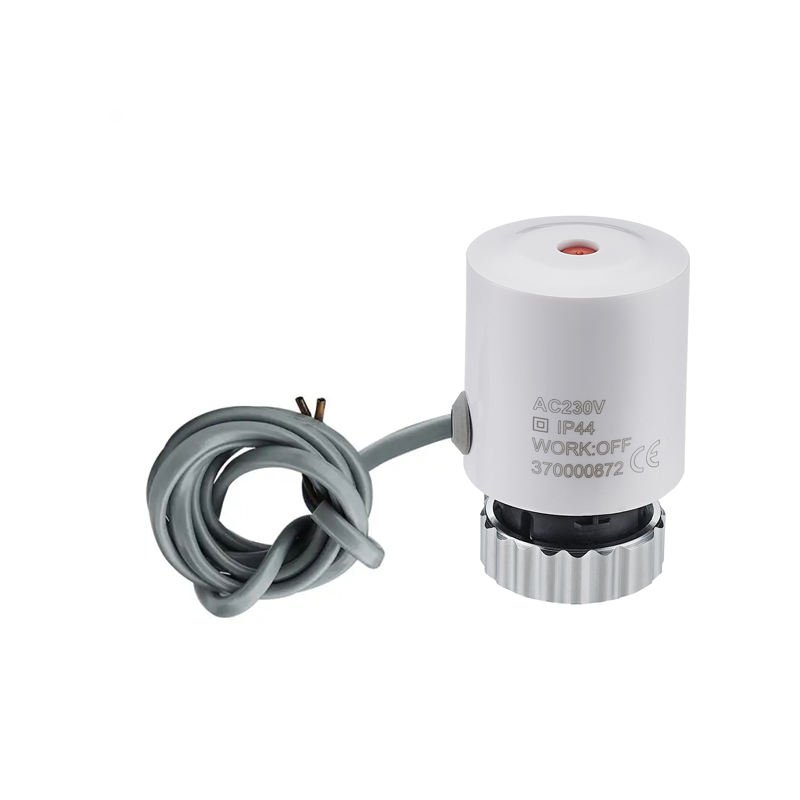Imagine noticing a damp spot near your radiator—it’s annoying, right? A tiny leak in your radiator valve can turn into a big mess, wasting water, spiking your bills, and even damaging your home. But don’t worry! This guide will walk you through simple steps to spot and fix that leak fast, keeping your heating system running smoothly.
To check for a leak in a radiator valve, turn off the heating, let it cool, and dry the valve. Then, place a paper towel under it, turn the system back on, and watch for wet spots after a few minutes. If it’s damp, you’ve got a leak.
Curious about the details? Stick around—we’ll break it down step-by-step and tackle other radiator valve worries to keep your system in top shape.

How Do I Know If My Radiator Support Is Bad?
First things first, let’s talk about radiator support. This isn’t the valve itself, but the frame holding your radiator steady. If it’s bad, you’ll notice things like shaky radiators or weird noises when the heating kicks in. Look for rust or cracks around the support area—those are red flags. A wobbly radiator might also mean the support’s failing, which can stress your valves and pipes. For folks like Antonio in Russia, who rely on stable heating systems, this is a big deal. A bad support can mess with thermostatic radiator valve settings, causing uneven heat or pressure issues. Check it visually or tap it lightly—if it feels loose, it’s time to replace it. Ignoring this could lead to bigger leaks or even a busted system, especially with high-quality products like IVALVECRAFT’s brass valves.
How to Check If Your Radiator Is Leaking?
Now, let’s zoom out a bit—how do you know your whole radiator’s leaking, not just the valve? Start by eyeballing it. See any puddles or damp walls nearby? That’s a clue. Next, feel the pipes and joints—wet spots or corrosion scream trouble. If your room’s not heating up right, even with the thermostatic radiator valve not working properly, a leak might be stealing pressure. Turn off the system, let it cool, and wipe everything dry. Then, grab a flashlight and inspect under the radiator—leaks love hiding there. For Antonio, who hates unstable export pressure, this step’s key to catching issues early. A quick tip: if you spot water, trace it back to the source. IVALVECRAFT’s pressure-reducing valves can help, but you’ve got to find the leak first!
How Do You Test for Valve Leakage?
Alright, let’s get specific—testing that valve for leaks is what you’re here for. Here’s the drill: shut off your heating and let the radiator cool down. Grab a dry cloth and wipe the valve clean—top, sides, and bottom. Now, stick a paper towel or tissue underneath it. Turn the heating back on and wait 10-15 minutes. Check the paper—if it’s wet, bingo, you’ve got a leak. Look closely at the valve head; sometimes a thermostatic radiator valve head only needs tightening or replacing. For Antonio, who’s all about quality checks, this method’s gold—it’s simple but catches unstable performance fast. If it’s leaking, don’t panic—IVALVECRAFT’s brass safety valves are built tough, but even the best need a little maintenance now and then.
Wrapping It Up
So, there you have it—spotting a radiator valve leak is easier than you think. From shaky supports to sneaky drips, we’ve covered how to check your system step-by-step. Whether it’s testing the valve with a paper towel, eyeballing the radiator, or checking for cracks, you’re now ready to tackle any issue. These tricks save time, money, and stress—perfect for keeping your heating reliable, no matter where you are.
Choose IVALVECRAFT, choose reliable partner, enjoy the high quality and best service.


